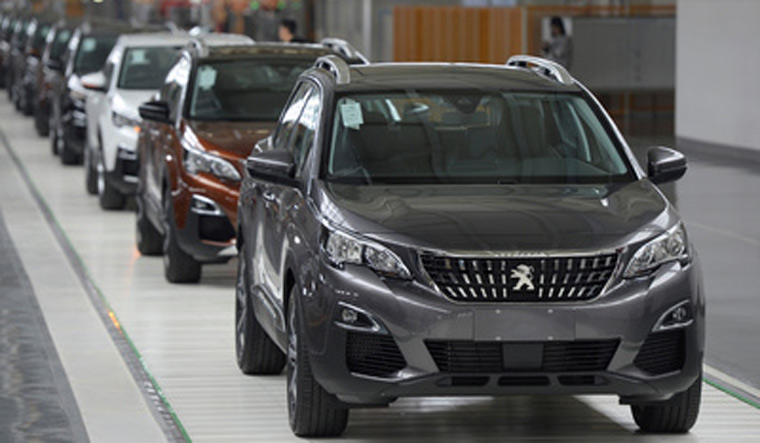Scions of the auto industry thronged North Block in New Delhi early on Wednesday, even as the Monetary Policy Committee (MPC) of RBI was discussing to cut rates in Mumbai.
The auto industry sector had gone into a tailspin after the NBFC sector liquidity crisis hit the Indian economy. On witnessing decade-high degrowth, leaders from the industry had an engaging two-hour long meeting with Finance Minister Nirmala Sitharaman and Heavy Industries minister Arvind Ganpat Sawant. Key officials from both the ministries also attended the meeting.
"We had a good conversation with both the ministers. Our concerns were exchanged and both heard each other," said Rajan Wadhera, President, Society of Indian Auto Mobiles (SIAM), after the meeting.
The auto industry gave a presentation on their declining sale trends, their stock positions, taxes and under capacity production witnessed so far. Among other things, industry heads also quizzed government officials on the rationale behind their policy decisions, in the meeting.
In the Union budget, the government imposed higher taxes on the already beleaguered auto sector and also imposed a surcharge on the sale of auto fuel. Vehicle registration charges were hiked under the amended Motor Vehicles Act just recently. Now, the government seems to be assessing the impact of its recent policy decisions.
"It was a good meeting. All concerns were heard. GST rates were not the only concern," Arvind Ganpant Sawant, minister of heavy industries and public enterprise, said after coming out of the meeting on Wednesday. "Our more immediate concern is to find a solution to the large finished stock in hand with automobile manufacturers," Sawant said, indicating that the government is considering to provide required stimulus to the sector beleaguered by an economic slowdown.
also read
- Top 9 most anticipated electric SUVs of 2025
- How the merger could help Honda and Nissan rev up their sluggish Indian operations
- Nissan-Honda merger: Japanese automakers to form the world’s third-largest vehicle manufacturer by sales
- Kia launches Syros, aims at dominating the compact SUV segment in 2025
Nirmala Sitharaman had recently initiated meetings with key sectors affected by the slowdown, including NBFC, HFC, real estate, MSME, FMCG and agri sector participants. Inter-ministerial meetings are also being held to address related concerns. The government meeting with the auto sector was held in this backdrop.
Though Sawant did not comment on the extent or nature of this package, auto industry officials who attended the meeting said it had asked the government to consider overall relief of between Rs 10,000 to Rs 30,000 crore.
It is now for the government to decide on its policy course to revive the hurt sector. On Wednesday, auto major Mahindra and Mahindra said it was witnessing a two-decade high degrowth in its businesses following a slowdown in rural demand.
The June-September southwest monsoon season, which triggers rural demand, has picked up on its first two months of deficit, and is expected to be normal for the remaining period, said IMD.



